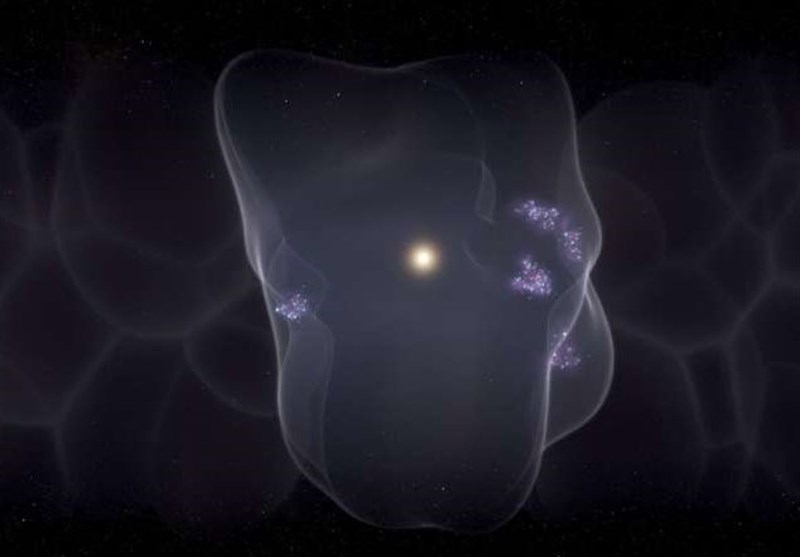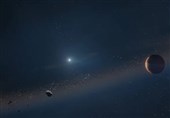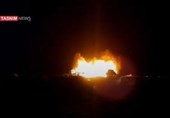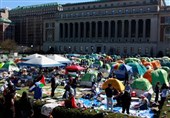Huge Gas Bubble Containing Solar System Mapped for First Time
TEHRAN (Tasnim) – Astronomers reconstruct the evolutionary history of our galactic neighborhood, showing how a chain of events beginning 14 million years ago led to the creation of a vast bubble that's responsible for the formation of all nearby, young stars.
The star-forming regions that surround our solar system have been mapped for the first time.
These regions appear to lie on a deformed surface 1000 light years across, called the Local Bubble. The bubble’s interior, which is where the solar system is found, is mostly empty space. But its shell comprises cold gas and dust, left over from exploding stars. New stars are now forming from this material, PhysOrg reported.
We have known about the existence of the Local Bubble – and about the star-forming regions nearest to the solar system – for decades. But Catherine Zucker at Harvard University and her colleagues have now made a clear connection between the two.
They did so using data from the European Space Agency’s Gaia satellite, which maps the positions, distances and motions of stars with high precision. This allowed them to construct a three-dimensional map of the different star-forming regions. The map also used Gaia’s motion data to chart how the Local Bubble has evolved over time and created the star-forming regions.
“We’ve discovered a common origin for all nearby star formation,” says Zucker. “We can essentially explain how every single star-forming region within 500 light years from our sun began.”
When some stars reach the end of their life, they trigger a powerful explosion called a supernova. Our Local Bubble appears to have formed when several supernova shock waves swept gas and dust through space, forming the Local Bubble’s dense shell. With time, the shell began to form a series of molecular clouds, which are the birthplaces of new stars.
“This result argues strongly for the case that star formation triggered by expanding shells is probably more important than we thought before,” says Martin Krause at the University of Hertfordshire, UK.
Zucker and her team are confident, within a margin of error, about the shape of the bubble where star-forming regions lie, but other parts of the bubble’s shape are less certain.






